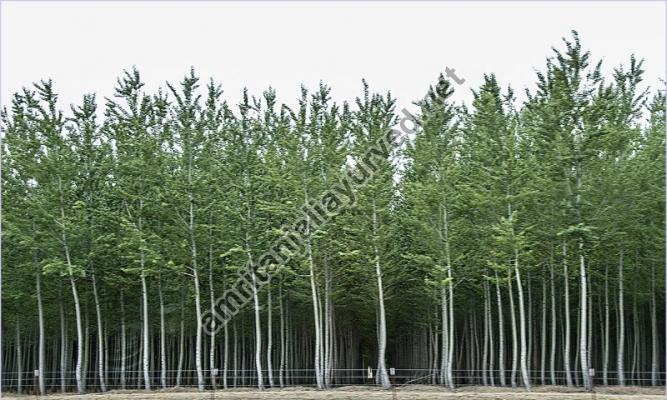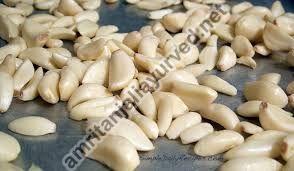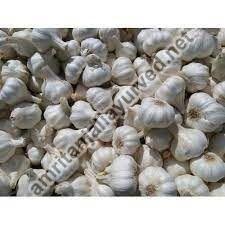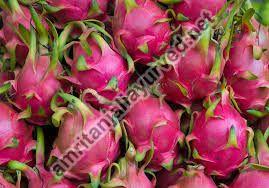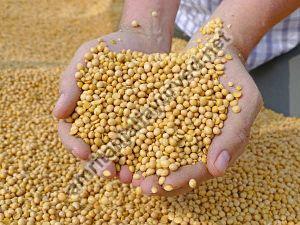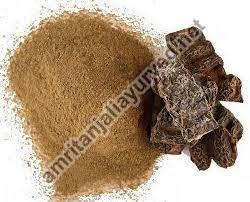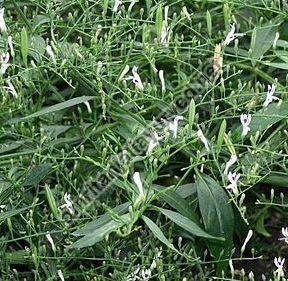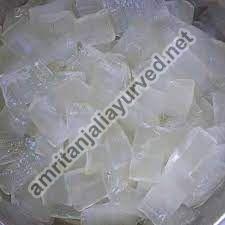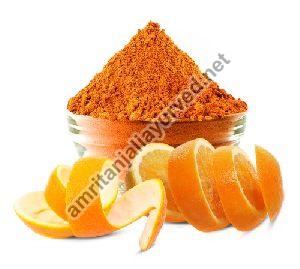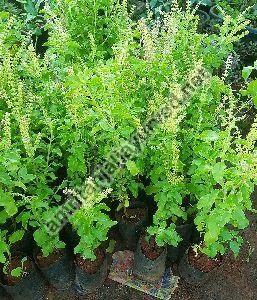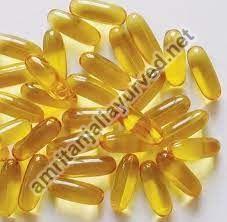Saheli Nagar, Udaipur, Rajasthan
- GST NO. : 08AAOCA7653C1ZJ
| Business Type | Manufacturer, Exporter, Supplier, Retailer, Wholesaler |
| Density: | 10 x 12 Feet |
| Soil Specific: | Alkaline |
| Season of planting: | Can be plant in any season |
| Click to view more | |
Preferred Buyer From
| Location | Worldwide |
Product Details
We are staffed with professionals and under their guidance; we keep a close check on the products and ensure that the range is as per the exact customers' requirements. All those who are looking for a responsible name supplying Malabar Neem Plants(Melia Dubia) can get in touch with us!
Details :
- Synonym : Melia composita willd.
- Family : Miliaceae.
- Kannad : Hebbevu
- Telgu : Munnattikaraka
- Tamil : Maali vembu TRADE: Malbar Nim wood
More About Malabar Neem Plants :
- A large tree, attaining a height of 20 m. with a spreading crown and a cylindrical straight bole of 9 m. length X 1.2-1.5 m. girth found in Sikkim Himalayas, North Bengal. Upper Assam, Khasi Hills, hills of Orissa, N.Circas, Descant and Western Ghats at altitudes of 1500 – 1800 m.
- It grows rapidly and is used for reforestation purposes. (Troup, I 186: Burkill, II 1443: Bor, 253) and yields a useful timber.
Site Factors : In its natural habitat the absolute maximum shade temperature varies from 37.5–47.5 C and the absolute minimum from 0–15 C. It does well in moist regions, with a mean annual rainfall exceeding 1000 mm. The mean relative humidity in July varies from70–90% and in January from 50–80 %.
Topography : It is commonly found in the hills at elevations ranging from 600 – 1800m.
Cultivation :
- The rooted saplings are planted onset of the monsoon or during the monsoon.
- The suggested pit size is 2’ x 2’- 0.60m Cube.
- Espacement of 3.5 m x 3.5 m is recommended. This will give better girth in shorter duration.
Growth Statistics : The growth is rapid. GAMBLES’s specimens gave 8 – 12 rings/dm of radius (mean annual girth increment 5.3 – 8 cm) for a Tamil Nadu specimen, and 28 rings/dm (mean annual girth increment 2.3 cm) for a specimen from Bengal. North Kanara in Karnataka specimen showed 12-16 rings/dm of radius (Talbot, 1909) giving a mean annual girth increment of 4 –5.3 cm. Trees grown in the Calcutta Botanical gardens from specimen from Malbar origin are said to have reached in 7 years an average height of 14m and a girth of 112 cm at breast height. This rate of growth is equivalent to 4-rings/ dm of radius. Even in comparatively dry regions with a rainfall of 750 – 1000 mm, a height of 3 – 4.5 m is obtained in plantations, against 6-7.5 m in more favourable locations.
Utilisation :
- Physical and Mechanical Properties of the Wood : The sapwood is grayish-white, usually with a yellowish cast; the ‘ heartwood ’ is light pink to light red when first exposed, ageing to pale russet brown, subject to grey stain. It is lustrous and without characteristic odour or taste.
- It is very light (sp.gr. approximately 0.34, weight at 12 5 moisture content about 336 kg/m3), straight-grained, coarse and somewhat uneven-textured. Annual growth rings are distinct but not conspicuous and number 12-16 / dm of radius.
- Seasoning and Preservation behavior : The timber seasons well if the logs are converted in a green state, though if left long in the log, it is liable to develop end splitting and decoration. Like many other meliaceous timbers, it contracts very considerably across the grain while drying out. The best method of dealing with the timber is to convert the logs as soon after felling as possible and to open stack the sawn material, preferably undercover to avoid grey stain.
- Present day uses : The wood is used for packing cases, cigar boxes, ceiling planks, building purposes, agricultural implements, pencils, math boxes, splints and catamarans. In Srilanka, it is employed for outriggers of boats. It is suitable for musical instruments, tea boxes and the most importantly in making plywood, as the wood is anti-termite by itself.
The details of quality & technical specifications are as follows :
- The logs had very high moisture contents and were green.
- All logs were round and good for peeling. Roundness seems to be inherent quality of this tree.
- Logs peel easily.
- Outturn is excellent – 70% & better in fresh cut logs.
- Veneer strong and firm.
- Two small logs were peeled for faces. Quality obtained was acceptable.
- M.R.Grade Plywood pressed with these veneers and in combination with other veneers gave excellent results.
- (Pearson & Brown, I 243; Macmillan, 96, 213; Cameran, 64; Trotter, 1944, 217; Rama Rao, 73; Indian For., 1948, 74, 279)
With a proper network of buyers with us, we are able to provide returns of the farmers/cultivators who purchase the planting material from us and do farming as per our instructions. The crop/crops under buy back agreement are provided with targeted requirements. We are making farming a business which gives assured profits.
Persons interested in farming with buy back agreement will be entertained only on prior appointment basis. +91-9799931200
Looking for "Malabar Neem Plant" ?
Explore More Products


